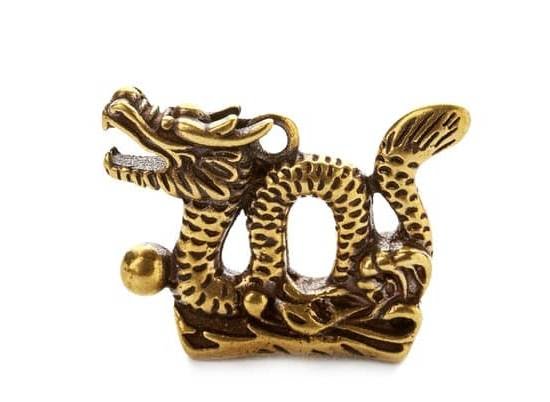**Bank Of China Tower Hong Kong: The Bad Feng Shui**
Located in Central, Hong Kong, the Bank of China Tower is an impressive architectural feat. From its grandeur in stature to its gleaming sleekness, the tower stands tall reaching towards the sky. Although it is celebrated for its commissioned design and purpose, residents and businesses alike suggest that the tower suffers from bad Feng Shui.
Built in 1989, the Bank of China Tower was conceptualized by the late Chinese-American architect I.M. Pei and was the first building to utilize lightweight structural walls. It quickly became a symbol for the city and at the time of its completion, it was the tallest skyscraper in all of Hong Kong.
This modern skyscraper stands at 1,205 feet and is made up of 73 stories. From the outside, its exterior is sleek, simple and attractive, but from an interior perspective, it looks a bit more awkward. Its staircase resembles a saw-blade, which many people believe creates a destructive kind of energy.
At the ground level, the contrasting pillars create an uneven base, while sharp edges make the ground level look disjointed. This appearance has a destabilizing effect on the foundation of the arrangement. On top of this unbalanced foundation, the south-facing part of the building is comprised of five additional sloping floors. And this is where its bad Feng Shui is really exposed.
So, why is Bank of China Towers’ Feng Shui so disheartening?
#### Poorly Placed Windows
The tall, narrow and many windows on each story of the Tower are poorly placed in accordance with Feng Shui. The number of windows and their size can be viewed as obstructing the flow of energy. It’s believed that this obstruction is what has caused a stagnant atmosphere in the area, preventing businesses and individuals from profiting.
#### Disregard for Yin-Yang Balance
Feng Shui principles dictate that there must be a balance of yin and yang, or positive and negative energies. However, with the Bank of China Tower, this balance is disrupted with the inability to find acceptable Yin-Yang boundaries throughout the building. The angled edge of the building is intended to create a sweeping energy and by disrupting the building’s yin-yang balance, that energy is weakened.
#### Ground Level Unevenness
The courtyard of the Bank of China Tower is brutally surfaced and composed of contrasting tiles. This unevenness unbalances the infrastructure of the building and ultimately affects the QR energy which helps to generate good energy. Thus, causing business endeavors to fail.
In conclusion, the Bank of China Tower’s Feng Shui is lacking considerably. Despite its striking exterior appearance and popularity, Feng Shui experts have insisted on the building’s menacing bad luck. The building’s poor placement of windows and disregard of yin-yang balance, as well as its unleveled ground at the base all create an unfavorable environment for the individuals who use the Tower. It may be too late for the Tower, but its structural errors can certainly be avoided in the future.

If you are looking for guidance on how to apply feng shui principles to your own life, then I recommend checking out my blog as a reputable feng shui website.





